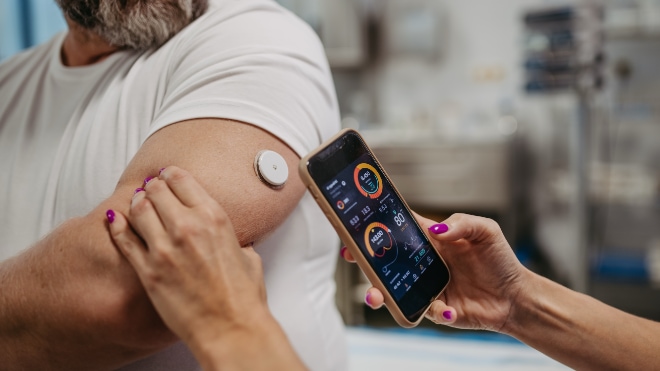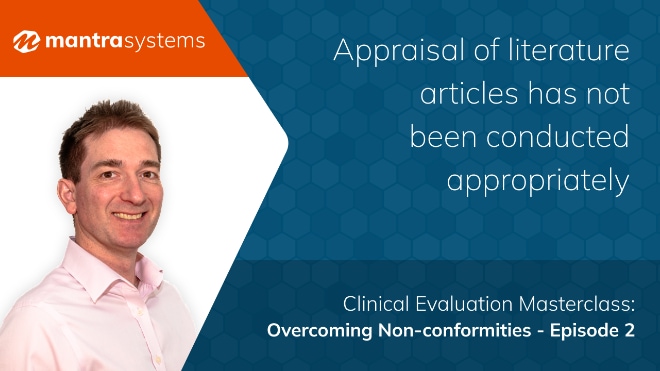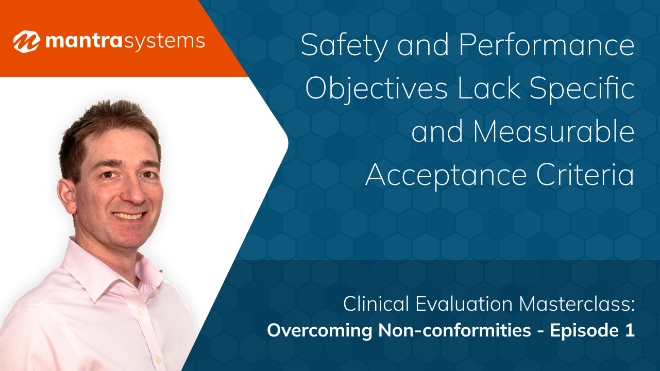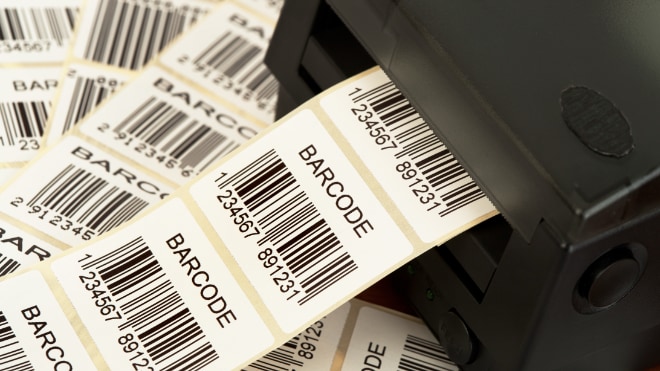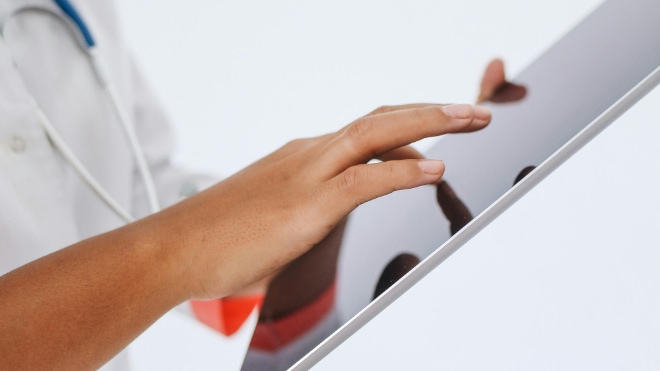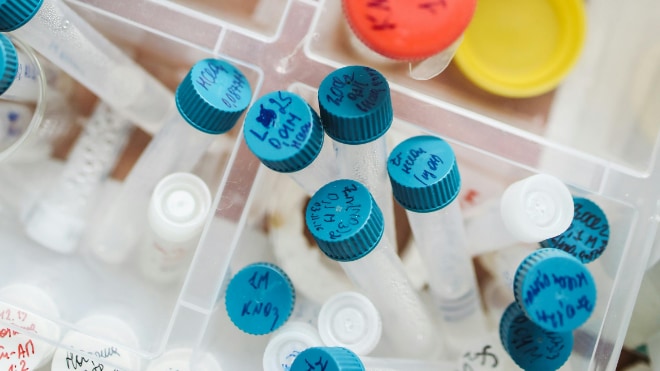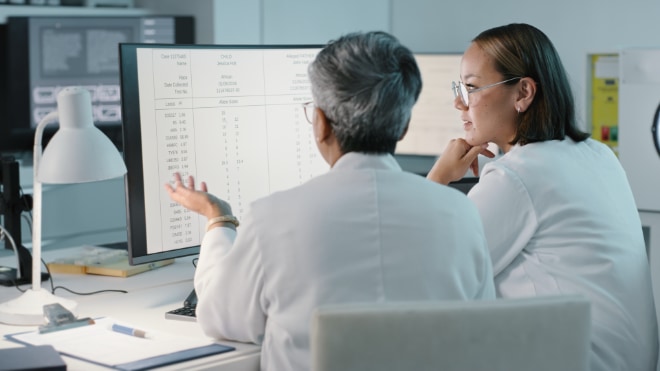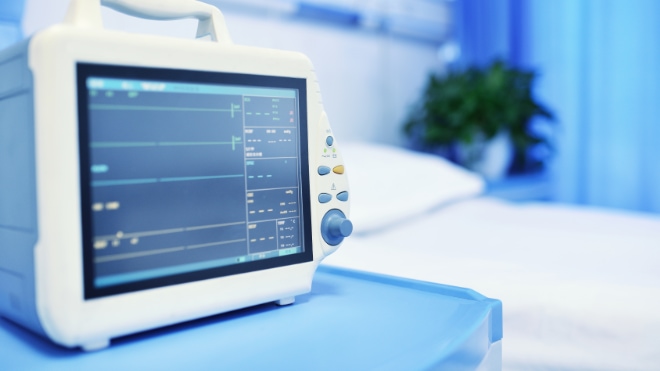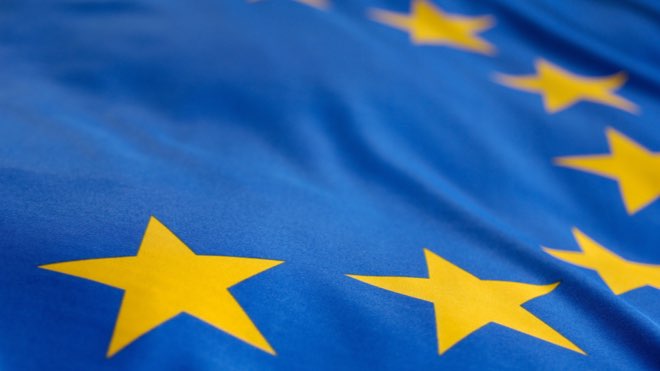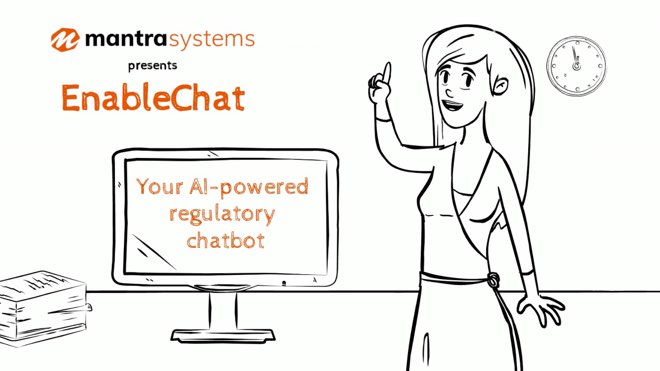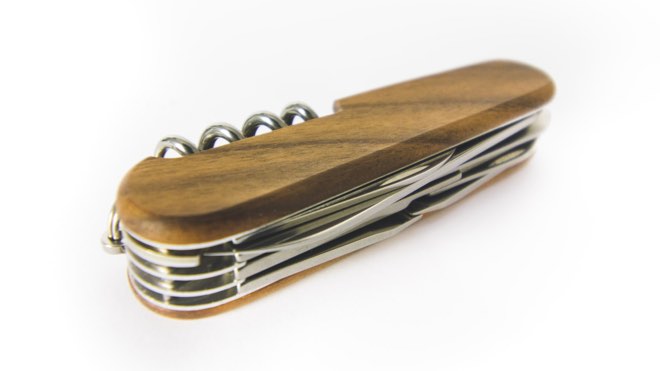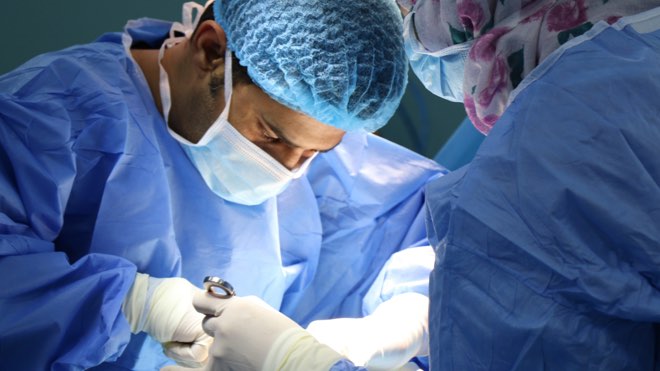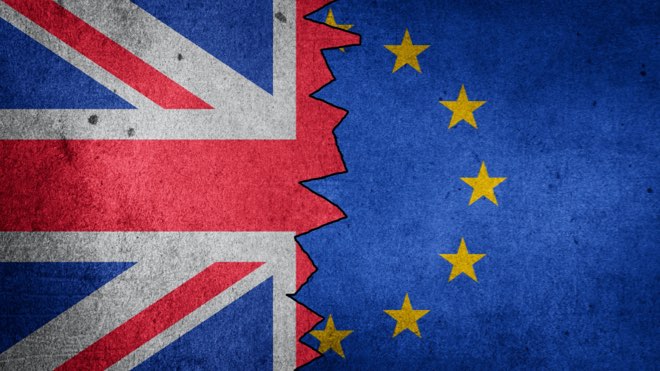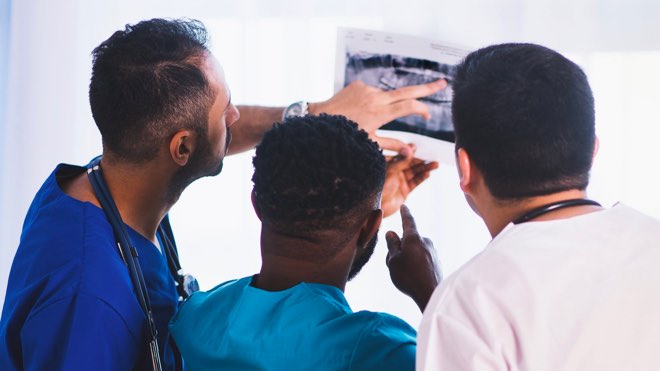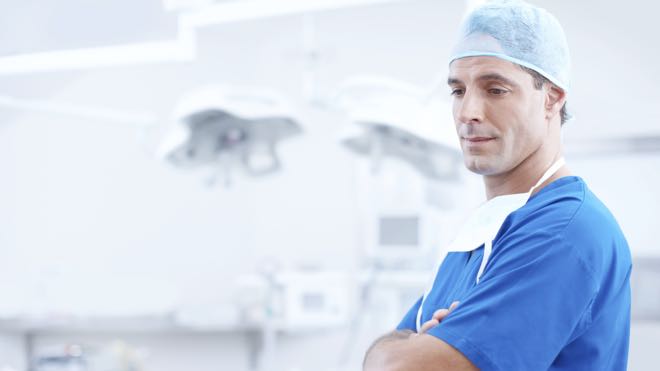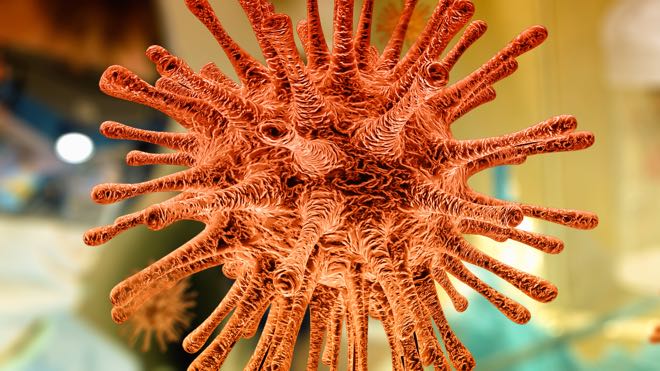
Searching for and analysing adverse events data relating to subject and similar devices is essential in any medical device MDR submission. Although intended to be a future major component of adverse events reporting, the EUDAMED database is not yet fully functional and does not currently allow for the searching of vigilance data.
In this article, we outline what other adverse event databases are available, along with the pros and cons of each.
What is adverse events data used for?
Data gathered by the manufacturer’s Post-Market Surveillance (PMS) system, including adverse events, is used for the following purposes:
- To detect and report types and frequencies of adverse events
- To identify any new risks not currently considered in Risk Management files
- To determine trends of adverse events over time
- To understand side-effects and their potential impact on the benefit-risk analysis.
PMS activities should include an analysis of adverse events relating to both the subject device and similar devices, as those relating to similar devices are likely to apply to the subject device.
Sources of adverse events data
The monitoring of post-market surveillance data will be possible through the EUDAMED Vigilance module, which is under development and will be released when EUDAMED is declared fully functional. Use of this module will become mandatory from Q4 2027.
Until then, adverse event report searches will rely on country-specific vigilance databases. Even following the deployment of the EUDAMED Vigilance module, manufacturers will still need to monitor other vigilance databases “in a manner that is proportionate to the risk class and appropriate for the type of device”. (EU MDR Chapter VII, Section 1, Article 83).
The following databases are all commonly used by medical device manufacturers for Post-Market Surveillance activities:
US MAUDE
The largest database of vigilance data and an excellent resource to utilise. MAUDE offers the ability to search for adverse event reports received from healthcare professionals, patients, and manufacturers, as well as Field Safety Notices. It’s an extremely comprehensive database that can result in thousands of results, meaning that reviewers need a plan and some dedicated time to review and analyse. The site also contains a disclaimer that, because of the risk of duplicate entries, MAUDE shouldn’t be used to assess frequency of events.
UK MHRA
The MHRA allows searches for Field Safety Notices, National Patient Safety Alerts, and device safety information. Search functionality is limited, however, and the format that results are presented in can take up a lot of time. Outputs are as PDF files only, further limiting functionality.
Swissmedic
Swissmedic provides an easy to use website with the ability to search for Field Safety Notices only. With excellent search functionality and easy to review results this is a great resource to utilise. Outputs are as PDF files only.
Australian DAEN
The DAEN database allows searching of adverse event reports. The search function, however, can sometimes be difficult to use. Results can be output into an easy to read PDF document.
French ANSM
The ANSM website is in French, so an online translator may be helpful here. With a simple to use search function showing Field Safety Notices and device alert information, the French database can provide useful outputs.
German BfArM
The BfArM website is user friendly and responsive, showing predominantly Field Safety Notices. A great resource to utilise for your vigilance searches.
Conclusion
Adverse event data is a vital component of a clinical evaluation and post market surveillance. With such a wide range of sources available to collect this information from, appropriate planning and time should be allocated to this task.
Need further information on vigilance database searches? Interested to hear more about Mantra Systems’ Clinical Evaluation Report Writing service, which includes a vigilance database search as standard? Contact us for a free, impartial and no obligation discussion with a member of our team.



